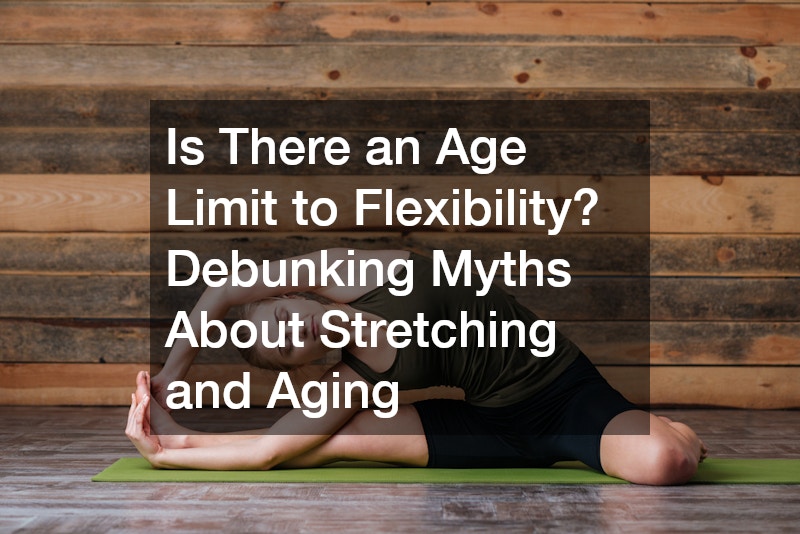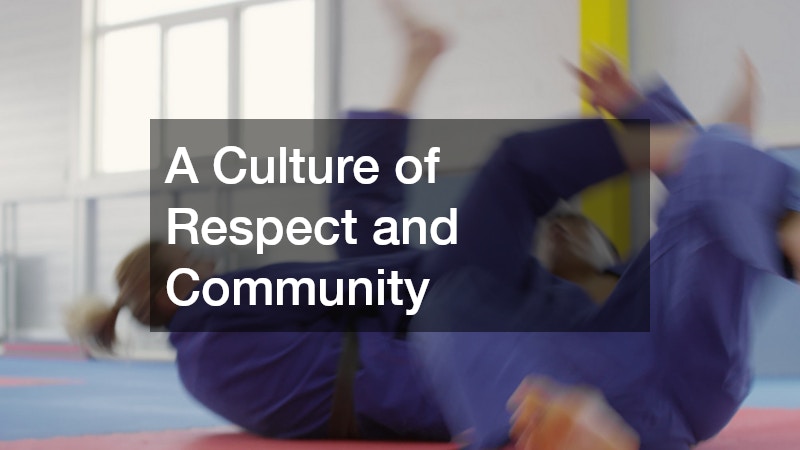
Flexibility is often associated with youth, with many believing that stretching and becoming more flexible is only achievable when we’re younger. However, the science of flexibility tells a different story—one that offers hope for people of all ages. So, is there an age when you’re too old to become flexible? Let’s explore how stretching works, how age affects our bodies, and what factors like hypermobility can mean for your flexibility journey, regardless of age.
What Happens When We Stretch?
Stretching involves more than just muscles—it engages our entire musculoskeletal system. When you stretch, both your muscles and joints are affected, specifically the ligaments and tendons that support them.
Muscles don’t just lengthen during stretching; tendons, which connect muscles to bones, also become more pliable. Ligaments, which connect bones to each other, increase their elasticity and absorb more water, which helps the joints maintain flexibility.
Interestingly, the latest research suggests that muscles themselves don’t technically “get longer” through stretching. Instead, the brain plays a key role in flexibility. It allows the muscles to tolerate greater lengths by reducing the sensation of discomfort. In other words, when you stretch regularly, your brain becomes more comfortable with letting your muscles reach further lengths, thereby improving flexibility over time.
How Aging Affects Flexibility
As we age, our bodies undergo several changes that can impact flexibility. When we’re young, our bodies are full of elasticity. This is partly because our bones are still growing, and there’s more cartilage in our joints, making movement and stretching easier. However, by the age of 15 or 16, most of us have reached our full height, and our bones and joints begin to lose some of that youthful elasticity.
While it’s true that our flexibility naturally declines as we age, that doesn’t mean older adults can’t maintain or even improve their flexibility. Our muscles, tendons, and ligaments continue to adapt to stretching throughout our lives, and research shows that you can strengthen muscles and improve bone density through physical activity well into your 80s or even 90s. The body responds to movement and exercise at any age, meaning that it’s never too late to start stretching and working on your flexibility.
However, there are some challenges as we age. Our ligaments and tendons tend to shorten and stiffen, and scar tissue from past injuries may further inhibit movement. Many older adults also develop joint conditions such as arthritis, which can make stretching more difficult. Despite these challenges, maintaining an active lifestyle and incorporating stretching into your routine can help slow the stiffening process. Regular movement promotes blood circulation, keeps muscles supple, and can prevent many age-related mobility issues.
The Role of Hypermobility in Flexibility
Some people are naturally more flexible than others due to a condition called hypermobility. Individuals with hypermobility have more elastic collagen in their joints and connective tissues, which allows them to stretch farther with less effort. This genetic trait makes it easier for them to achieve flexibility gains quickly, but it also comes with downsides, particularly in terms of joint stability. Hypermobile people may be at greater risk for joint dislocations and injuries, especially in high-impact activities like running or jumping.
Not sure if you’re hypermobile? There are a few tests you can do to check, such as seeing if you can bend your thumb back to touch your wrist or extend your elbow beyond a straight line. Scoring five or more points on these flexibility tests indicates hypermobility. However, whether you’re hypermobile or not, consistent stretching can still improve your range of motion and flexibility over time.
Can You Improve Flexibility at Any Age?
The short answer is yes. Flexibility is not limited to childhood or adolescence. While it may be easier to stretch when you’re younger due to your body’s natural elasticity, it doesn’t mean you lose the ability to become flexible as you age. In fact, many people have achieved impressive flexibility well into their 30s, 40s, and even beyond. With regular practice, you can train your body to become more limber, regardless of your starting point. Joining a gymnastics club can also provide structured guidance and support, making it easier to stretch safely and effectively.
For older adults, however, it’s essential to approach stretching carefully and methodically. As the risk of injury increases with age, especially in areas like the spine, it’s important to learn proper techniques and gradually increase the intensity of your stretches. Rushing into deep stretches without proper preparation can lead to injuries, particularly in areas like the lower back and hips.
Tips for Improving Flexibility as an Adult
Start Slowly:
If you’re new to stretching or haven’t done it in a while, ease into your routine. Begin with light stretches and gradually increase intensity. Pushing too hard can lead to injury, especially if your muscles and tendons are tight.
Consistency Is Key:
Stretching just once in a while won’t yield significant results. Consistent practice, even if it’s just 10 minutes a day, can lead to measurable improvements in flexibility over time.
Incorporate Dynamic and Static Stretches:
Dynamic stretches involve moving through a range of motion (like leg swings), while static stretches involve holding a position (like touching your toes). Both types are important for improving flexibility.
Stay Hydrated and Eat Well:
Your body’s tissues, including muscles and tendons, need proper hydration to stay elastic and pliable. Drinking plenty of water and eating a balanced diet rich in nutrients can support your flexibility goals.
Be Mindful of Your Limits:
As you get older, it’s especially important to listen to your body. Stretching should never be painful. If you feel pain, ease off and reassess your technique. Stretching is about gradual progress, not pushing yourself to the point of discomfort.
Final Thoughts
Flexibility is a lifelong pursuit, and age should not be seen as a barrier to achieving it. While it may take a bit more patience and care as we get older, the body is incredibly adaptive and can respond positively to consistent stretching, no matter your age. Whether you’re in your 20s or your 60s, there’s always room for improvement. With the right approach, you can enjoy the benefits of flexibility, including improved mobility, posture, and reduced risk of injury, at any stage of life.
.




